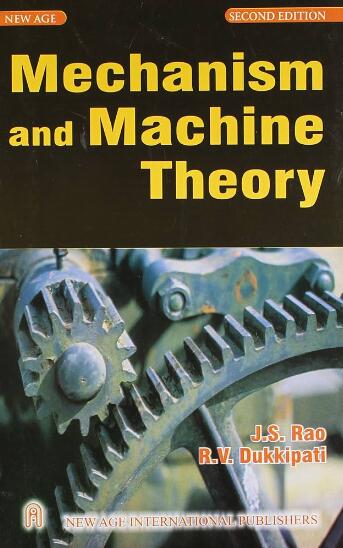Backstepping control of tendon-driven continuum robots in large deflections using the Cosserat rod model
IF 4.5
1区 工程技术
Q1 ENGINEERING, MECHANICAL
引用次数: 0
Abstract
This paper presents a study on the backstepping control of tendon-driven continuum robots for large deflections using the Cosserat rod model. Continuum robots are known for their flexibility and adaptability, making them suitable for various applications. However, modeling and controlling them pose challenges due to their nonlinear dynamics. To model their dynamics, the Cosserat rod method is employed to account for significant deflections, and a numerical solution method is developed to solve the resulting partial differential equations. Previous studies on controlling tendon-driven continuum robots using Cosserat rod theory focused on sliding mode control and were not tested for large deflections, lacking experimental validation. In this paper, backstepping control is proposed as an alternative to sliding mode control for achieving a significant bending. The numerical results are validated through experiments in this study, demonstrating that the proposed backstepping control approach is a promising solution for achieving large deflections with smoother trajectories, reduced settling time, and lower overshoot. Furthermore, two scenarios involving external forces and disturbances were introduced to further highlight the robustness of the backstepping control approach.
基于Cosserat杆模型的大挠度连续体机器人反步控制
本文采用Cosserat杆模型研究了大挠度下肌腱驱动连续体机器人的反步控制。连续体机器人以其灵活性和适应性而闻名,适用于各种应用。然而,由于其非线性动力学特性,对其建模和控制提出了挑战。为了模拟它们的动力学,采用了Cosserat杆法来解释显著的挠度,并开发了一种数值求解方法来求解由此产生的偏微分方程。先前使用Cosserat杆理论控制肌腱驱动连续体机器人的研究主要集中在滑模控制上,没有对大挠度进行测试,缺乏实验验证。在本文中,提出了反步控制作为滑模控制的替代方案,以实现显著的弯曲。通过实验验证了数值结果,表明所提出的反步控制方法是一种有希望的解决方案,可以实现更平滑的轨迹,更短的沉降时间和更低的超调。此外,引入了两种涉及外力和干扰的情况,进一步强调了反演控制方法的鲁棒性。
本文章由计算机程序翻译,如有差异,请以英文原文为准。
求助全文
约1分钟内获得全文
求助全文
来源期刊

Mechanism and Machine Theory
工程技术-工程:机械
CiteScore
9.90
自引率
23.10%
发文量
450
审稿时长
20 days
期刊介绍:
Mechanism and Machine Theory provides a medium of communication between engineers and scientists engaged in research and development within the fields of knowledge embraced by IFToMM, the International Federation for the Promotion of Mechanism and Machine Science, therefore affiliated with IFToMM as its official research journal.
The main topics are:
Design Theory and Methodology;
Haptics and Human-Machine-Interfaces;
Robotics, Mechatronics and Micro-Machines;
Mechanisms, Mechanical Transmissions and Machines;
Kinematics, Dynamics, and Control of Mechanical Systems;
Applications to Bioengineering and Molecular Chemistry
 求助内容:
求助内容: 应助结果提醒方式:
应助结果提醒方式:


